The Amazing Thing About Seeds
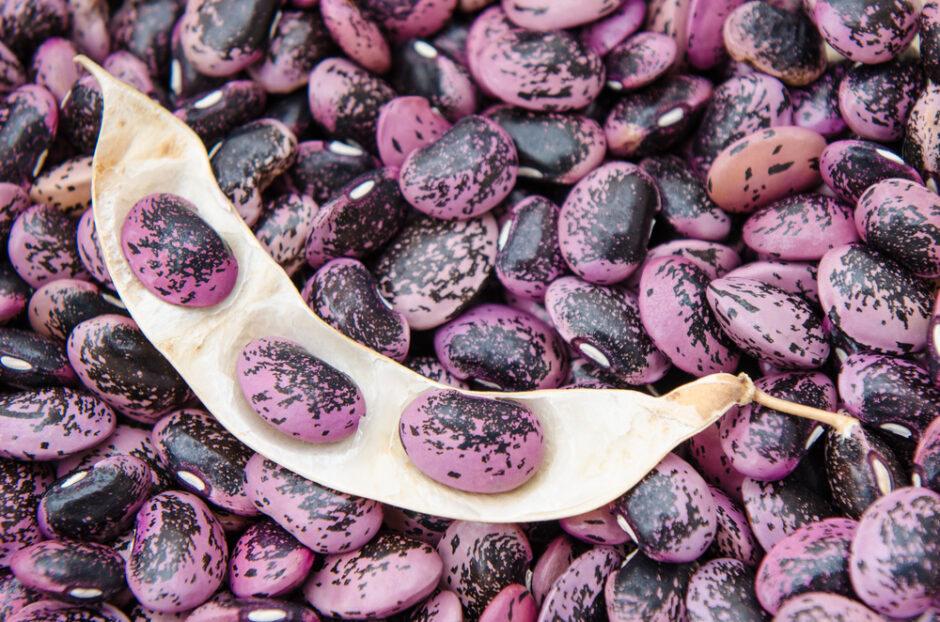
I don’t suppose that everybody has the same perception when it comes to seeds, or that the average person thinks about them much one way or the other.
….
Until perhaps you happen to be in a supermarket or garden centre and come across one of those colourful stands that helps to persuade us that we can grow any of the huge array of plants in front of us.
….
But no matter what seeds they are, have you ever stopped to think of the amazing characteristics that are common to most seeds? Dormancy is one of course. Nothing much happens till you put them in the ground.
Or of the specialized characteristics that others have in order to perpetuate their species, like Goose Grass, being covered by burrs so that they catch on passing creatures, or like Sycamore that have ‘wings’ and are taken distances away from where they developed. Or Dandelions and Rosebay Willow Herb that have feathery extensions that let the wind take them 10s of miles away from their beginnings. They are truly amazing living things and are very much more than they seem to be.
….
Firstly of course they are the genetic blueprint of the family from which they come. They carry within them the DNA of that family, whether their size is great or small. Once deposited on the ground, and once their ideal set of circumstances come along they will burst into life by firstly putting into the ground a root with which to anchor themselves to the spot. After all, if the seed is that of an English Oak Tree, it could be alive and growing there for many hundreds of years, so strong roots are a must.
….
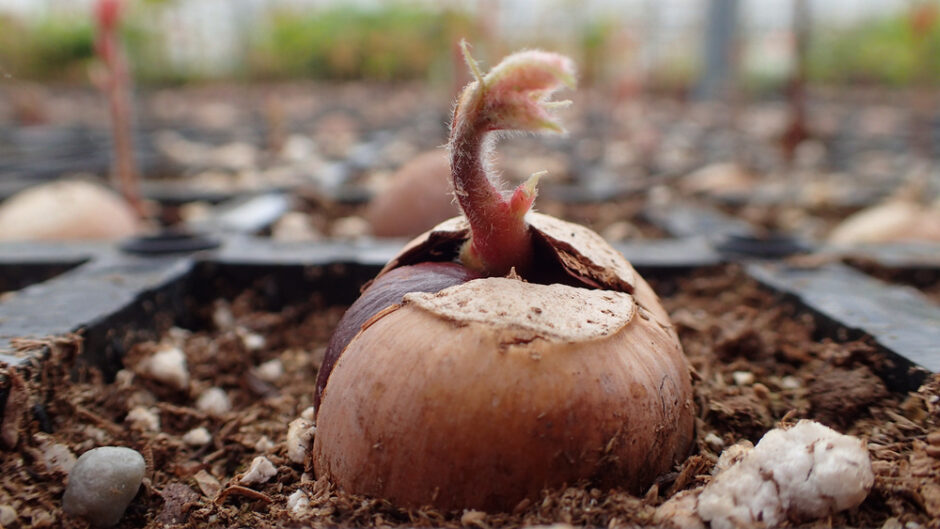
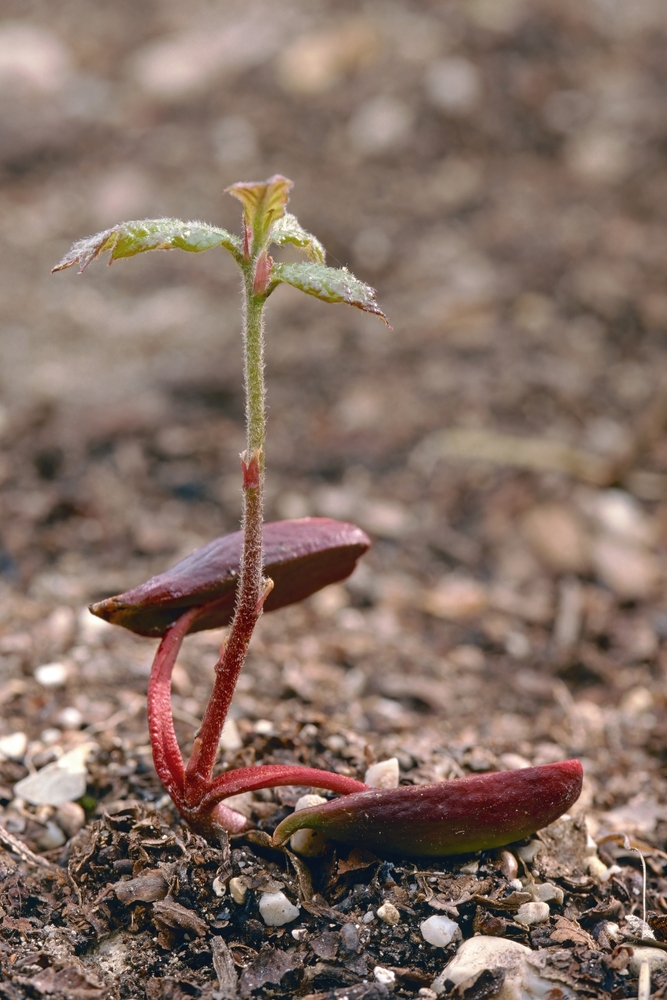
In the case of the Acorn that we have stumbled across, it has within its shell the “nut” that you probably already know about, and which you can see here. It has two distinct halves.
….
In the germinating Acorn, these two halves swell and are then held aloft where their colour changes gradually to green as they start to fulfill their primary function, which is to become what are known as ‘seed leaves’. They sustain the developing seedling as it grows, until the true leaves start to show and take over as the main provider of water, minerals, nutrients and energy.
….
And as amazing as that is, in some plants their seeds have to jump through a few hoops even before all of that can begin to happen.
….
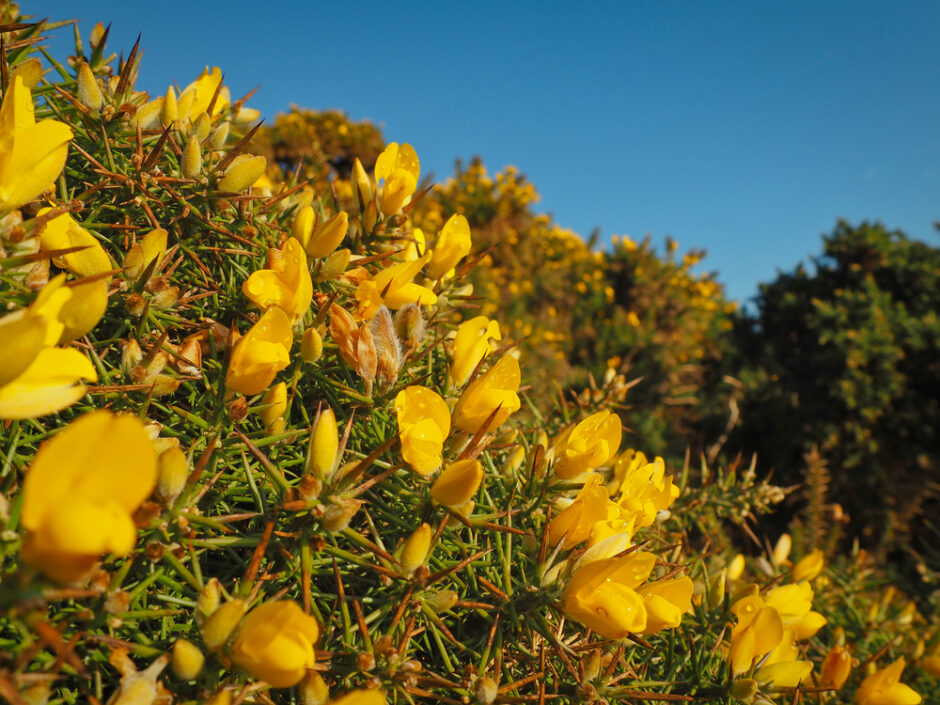
So now imagine being the seed of this very thick and prickly Gorse bush. Having dropped onto the ground beneath the parent plant, there is very little available light to encourage it into growth. So it just sits there and sits there until there is a fire, which is common on ‘Common Land’, where the likes of Gorse, Heather, and Bracken grow.
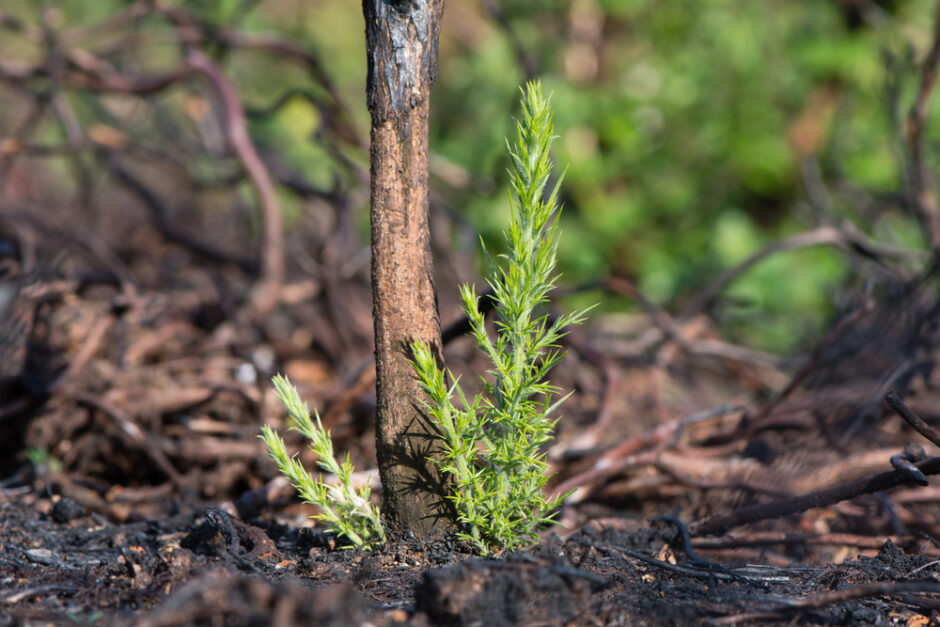
Having been burned to the ground, there are now no leaves on the Gorse bushes, but there is loads of light. And having had their dormancy broken by the heat of the fire, the gorse seeds germinate, and the next generation is off and running – till the next fire.
….
And there are many such examples of how, over time, many many plants that endure the same experience in their lives have evolved their seeds to only germinate given certain circumstances. It is staggering to think of the power and cunning of evolution.

